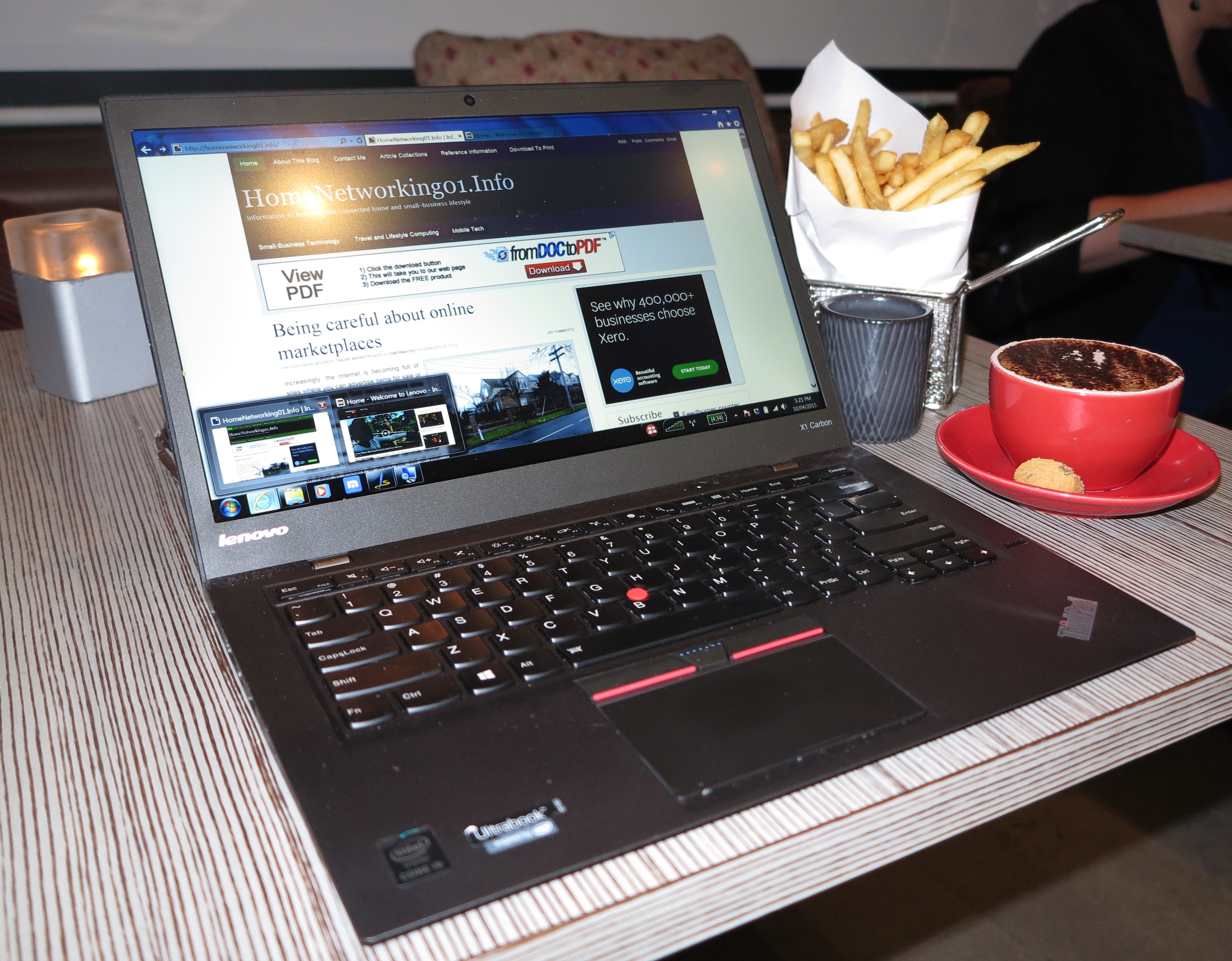Article
BBC News – Mobile web users at the end of their tether
My comments
This article is pointing to a common practice amongst most US and European mobile-phone carriers concerning the tethering of mobile phones.
What is tethering?
This is where one uses a mobile phone as a wireless 3G modem for another computing device like a laptop computer or a tablet. It can be done wirelessly using a Bluetooth link or the phone operating as a wireless router when certain software is run. On the other hand, it can be done simply by connecting the phone to the PC using a USB cable and running a driver set on the PC.
Why tether than use a separate modem
Tethering has an advantage over using a separate modem to service a device’s data needs. Here, one doesn’t have to manage different data plans for each device – the mobile phone, the tablet computer or the laptop. Instead, they can work with a larger plan that is shared amongst all the devices.
Laptop users also benefit from tethering. This is because, unless they have a 3G-enabled laptop, they only need to think of one device i.e. the mobile phone rather than making sure they have a 3G USB or ExpressCard modem with them.
The common practice with mobile carriers
Most of the US phone carriers like AT&T or Verizon, as well as some of the European carriers treat the tethering as a distinct “wireless-modem” usage compared to using a phone for integrated Web browsing. Here, they insert premiums for this usage in to their tariff charts for this kind of usage and the US carriers even implement software to discourage tethering unless the user subscribes to a plan that specifically allows tethering.
My experience with Telstra
I have maintained a mobile phone service with Telstra since 1997, working through six subsidised-handset contracts over this period.
Last year, before I went to Sydney, I went to a Telstra store to ask about my data options with respect to my then-current phone contract, Here, I asked about whether I should tether my handset to my laptop or buy a 3G “stick” either as an extra service on my bill or as a prepaid service. They suggested that I consider tethering and increase my plan’s data allowance and I had paid for the extra data allowance.
Here, Telstra offered lower-allowance data plans as part of their mobile phone plans but allowed customers to “buy on” more data allowance. Here the tariff charts don’t discriminate between using your phone as a modem for another device and using the phone as its own Internet terminal. This is although they sell a range of 3G “sticks” and “MiFi” devices alongside the mobile phones.
I didn’t need to do anything to the phone to enable tethering and was able to be sure it worked on a “utility” laptop that I had and was intending to take to Sydney. This was before I was lent the Dell Inspiron 15r laptop which I reviewed as part of the trip. Here, I had made sure that the Inspiron had the necessary drivers for the phone before I had left.
Recent steps with some European carriers
Some European carriers have taken the same step that Telstra has been doing for the many years. That is to modify the tariff charts to remove the distinction between tethered (modem) and handset-specific data.
It is to cater for the reality that the same device uses the same bandwidth whether it is for its own use or another device’s use.
Tethering can benefit the carrier as well
Mobile-phone tethering provides a financial benefit for the carriers as well as a utility benefit for the users. Here, it allows the carrier to see increased per-service revenue. Typically this can be brought about by customers increasing their data allowances in the same way that I did – buying on extra data capacity to their plans where the tariff chart allows.
This is although most customers don’t “burn up” their call or data allowances that they pay for. Rather, if they anticipate extra use, they would increase the allowances. One reason is to allow the customers to budget for a predictable amount for their communications.
Tethering and the Internet-enabled car
When one starts to think of Internet-based infotainment like listening to Internet radio while driving or Internet-driven synchronous traffic-status updating for navigation systems, one would think of how they get the data to the vehicle.
I had touched on this previously in the article about Internet radio in the car and have mentioned that tethering a mobile phone to a vehicle’s infotainment system would be one of the pathis. Infact it may be a logical path as Bluetooth is used to facilitate handsfree calling in the vehicle.
Conclusion
What I would see is that tethering shouldn’t be treated different from phone-specific use and that users should be aware of this as an alternative to operating separate modems and accounts.

